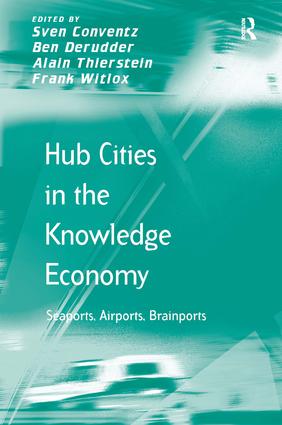Ljubica Nedelkoska, Dario Diodato, and Frank Neffke (2018), CID Research Fellow and Graduate Student Working Paper n.93
The degree to which modern technologies are able to substitute for groups of job tasks has renewed fears of near-future technological unemployment. We argue that our knowledge, skills and abilities (KSA) go beyond the specific tasks we do at the job, making us potentially more adaptable to technological change than feared. The disruptiveness of new technologies depends on the relationships between the job tasks susceptible to automation and our KSA. Here we first demonstrate that KSA are general human capital features while job tasks are not, suggesting that human capital is more transferrable across occupations than what job tasks would predict. In spite of this, we document a worrying pattern where automation is not randomly distributed across the KSA space – it is concentrated among occupations that share similar KSA. As a result, workers in these occupations are making longer skill transitions when changing occupations and have higher probability of unemployment.
















